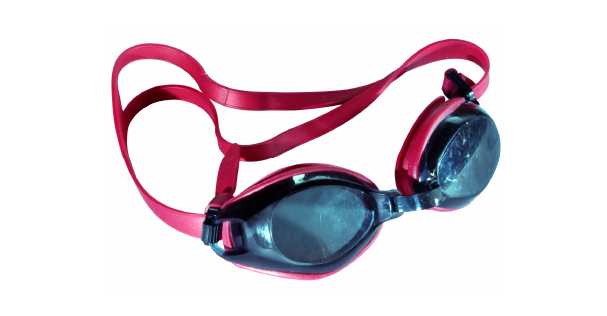by Cameron Huddleston, Kiplinger Personal Finance
When you’re struggling with joint pain, gravity can make exercise an unpleasant experience. But exercising in water, also known as aquatic therapy, can change all that.
“It enables you to do many of the same exercises you’d do on land without applying the same force on your joints,” says Gayle Olson, a certified athletic trainer at the Sports Performance Center at Harvard-affiliated Massachusetts General Hospital, Boston.
Why It Helps
Aquatic therapy has many benefits.
“One of the things people love about it is the feeling of buoyancy. It takes pressure off your body, and that brings immediate relief to painful areas,” explains Olson.
Buoyancy is just part of the magic. The water provides resistance to your body, which helps you build muscle and bone strength. And the warmth of the water encourages you to move, which has a helpful side effect: Repetitive movement pumps a natural lubricant called synovial fluid into the joints.
Another plus of aquatic therapy is that it’s a safe exercise: Not only is it gentle on arthritic joints, which can help prevent further injury, but it also poses less danger from falls compared to land exercise.
“If you fall during aquatic therapy, you just get wet, not hurt,” says Olson.
How It Works
A typical aquatic therapy class takes place in a large pool and lasts for 30 to 60 minutes. If you’re disabled or have a balance problem, you’ll be encouraged to bring a partner along to help keep you stable in the water. After floating for a few moments to get used to the water, often with the help of a small flotation device (think pool noodle), you’ll begin a workout.
The types of exercises you can do in the pool vary.
“You can move your arms to work on improving posture, do combination movements for a good core muscle workout that helps your back, or do balance activities. You can also do an aerobic workout by marching, walking, running, jumping, and swimming,” says Olson.
You can also work out with special weights that float.
Where to Find It
If you’re interested in taking an aquatic therapy class, Olson recommends looking at the local YMCA, fitness center, senior center, or hospital. But don’t expect insurance to pay for it.
“Medicare and other insurers rarely cover the costs, although some insurance plans offer a reimbursement if you participate in a fitness activity,” says Olson.
You may be able to get coverage for aquatic therapy if your doctor prescribes it as physical therapy. And many physical therapy groups offer therapy in a pool.
Olson says to look for either a group-based rate of up to $15 per class or a personal trainer fee of $35 to $60 per half-hour. That can be an expensive way to exercise. So Olson advises that you go and watch a class or training session first, before you jump in.
Just about anyone can take an aquatic therapy class. It’s helpful to people who have chronic pain from arthritic joints or fibromyalgia and for people who are disabled. It’s also considered safe for people who have balance problems or disability from multiple sclerosis, Parkinson’s disease, or stroke.
Can’t swim? Usually that’s not a problem; you can wear a life vest. Olson also recommends the therapy for people who are recovering from surgery, once wounds have healed. But aquatic therapy isn’t right for people with open wounds, infectious disease, seizure disorders, or incontinence.









